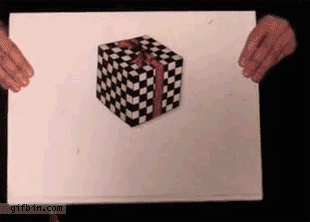15 Years of Black Company Studios!
Posted in Tales from the grind-stone on April 11th, 2020 by MrCrankyI have to admit, back when I founded the company, I don’t think I imagined that it would make it to being fifteen years old. Back then, I was happy to make it from month to month. I’d only had five years of working in the games industry, and already it was clear that companies came and went. AÂ lot. Not just in games, but in regular software too. The pace of change was so quick, the margins so tight, the price for failure so high; all of those made it a statistical likelihood that a new company would fail. I didn’t mind the risk, all of my alternatives were worse, and I liked the fact that it was my own choices that would make or break the company. To this day I don’t regret taking that risk, despite all of the ups and downs of the last fifteen years.
Only… we didn’t make it. Not quite, anyway. As of the end of our financial year, the 31st of March 2020, Black Company Studios ceased trading as an entity, eleven days short of ending its fifteenth year. I don’t regret that part either. As I said in this post, five years ago, it was time to admit that the days of being a team were in the past, and that’s just what happened. I broadened the sorts of clients I was consulting for, and the last five years have been non-stop work, of varying kinds, all satisfying. One in particular, ZeroLight, gave me so much work that I ended up working full time for them for several years, until eventually we acknowledged that it had ceased to be a consultant / client relationship and I became a full time employee of theirs, were I remain happily employed to this day.
So, Black Company became rather sidelined, a fact which will surprise no-one, given the dearth of posts here on the blog. Our little iOS apps still sell small numbers, but aside from that I haven’t invoiced a client in a couple of years. As such it made sense to wind things up, gracefully, and tie up all our loose ends. Black Company Studios Ltd will be struck off the Companies Register shortly, and the few remaining assets, including all our IP, will be purchased by me. That includes this website, which I intend to maintain in a limited form for posterity, and the Black Company name will continue on in the iOS store, at least until I transfer the apps to a personal account.
At this point I’d like to thank all of the members of my team over the years: Pete, Tim, Charlotte and Dan. You all contributed greatly to our success, and though it may not be the most notable line in your CVs, I hope you came away from it positively. I’d also like to thank all of our clients, whom we impressed enough to give enough repeat business to keep us going where so many other software businesses fail.
I don’t regret any of my time running the company, but I admit I’m a little wistful thinking back over all the years, and part of me didn’t want to close the door on that time. But there are new challenges to be tackled, and nostalgia is only good when you’re digging out your old games consoles and firing up a classic title to while away your time in self-isolation.












You must be logged in to post a comment.